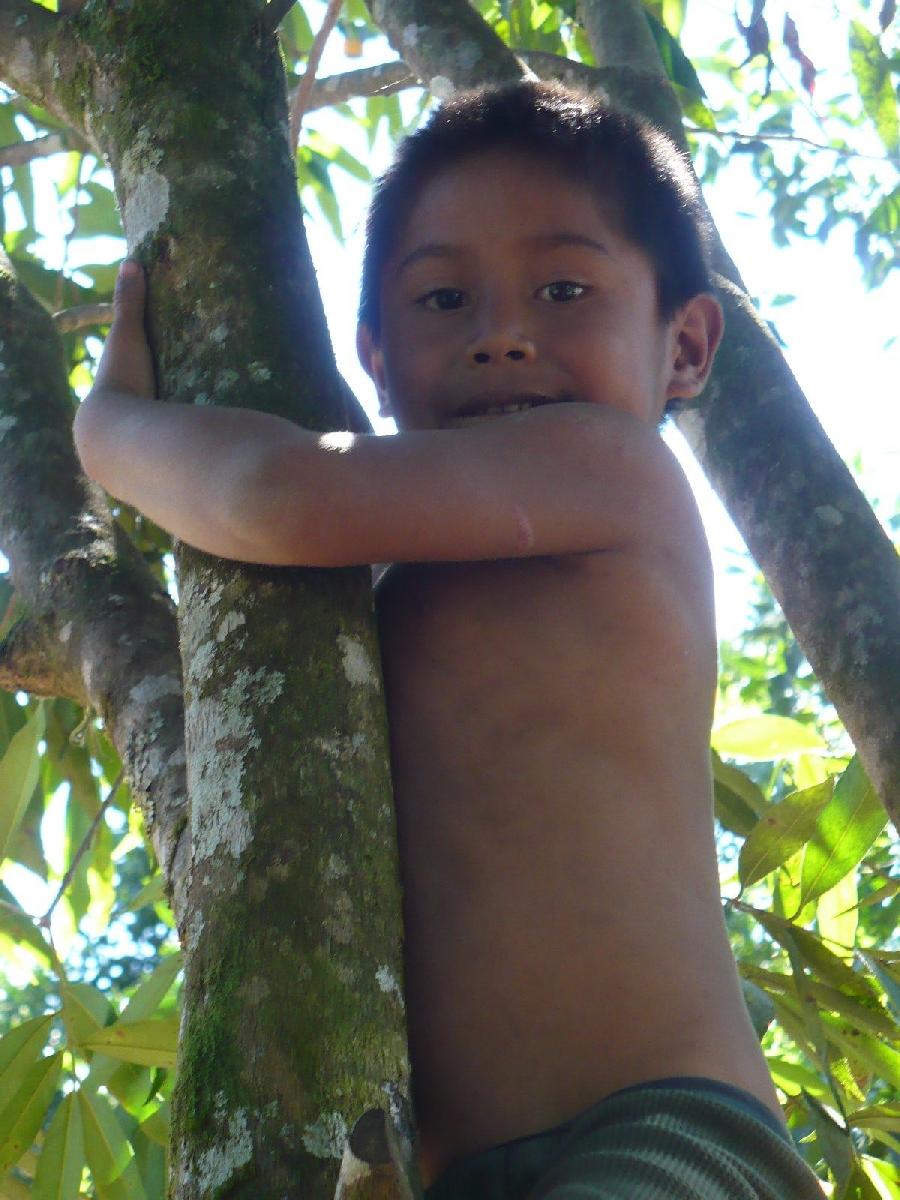
Figure 1.-- Honduras is a multi-ethnic country. The Maya and other Meso-Amerian peoples can be seen in the faces of its people. We also see Spanish and other Europeans as well as people of African ancestry along the coast. |

|
Honduras is set in the middle of South America along the Caribbean Sea. It is bordered by Guatemala to the northwest, El Salvador to the south, and Nicaragua to the southeast. Honduras also has a 700-kilometer (430-mile) Caribbean coastline and beautiful off xhore iuslands. The Caribbean coast is situates between the mouth of the Río Motagua in the west (an important Mayan trade route) and the mouth of the Río Coco in the east at Cape Gracias a Dios. Honduras has three distinct topographical regions: an extensive interior highland and two narrow coastal lowlands. The interior makes up nearly 80 percent of the country's terrirorry which is ruuged and mountainous. The larger Caribbean lowlands in the north and the Pacific lowlands bordering the Gulf of Fonseca dominated by alluvial plains. Honduras is the second largest country in Central America and unlike neigboring El Salvador, relativerly sparsely populated. Western Honduras was at the southern of the Mayan world. Copan is an important Mayan site, one of the best opreserved surviving sites. other less-advanced Mesoamerican peoples inhabited eastern Honduras. After Columbus's voyages, Honduras was colonized by Spain and became part of the Spanish Empire. Some beautiful colonial villages survive (Gracias and Comayagua). Honduras as the rest of Central America languished under Spanish rule. Honduras achieved independenve (1821). Stable democratic rule proved more elusive. Military rulers have played a major role in Hinduran history. A democratically elected civilian government took power (1982). The country was involved in both the Salvadoran and Nicaraguan cicil wars. Anti-Sandinista contras found refuge in Honduras and the Salvadoran Government fighting Marxist guerrillas found support in Honduras. We have a Honduran history page. The country is exposed to annual hurricanes, Hurricane Mitch was especially devestaing (1998). Political instability in Central America has adversely affected the economy. The poulation reflectingb the country's history is of mixed ethnicity. The Garifuna peoples (the Black Caribs) are found on the Bay Island of Roatan, on Cayos Cochinos (the Hog Islands), and along the Caribbean coast. The Maya left their ethnic imprint, The modern Maya are known as the Chortí. The Miskito Indians were popularized by Paul Theroux's novel, The Mosquito Coast. The Spanish have also left their ethnic imprint. The major cities are Tegucigalpa, San Pedro Sula, La Ceiba, Tela, and Utila. Tegucigalpa is the capital of Honduras and located in central Honduras. It was founded as a gold and silver mining center (1536). San Pedro Sula is the financial and industrial center. Honduras is especially infatuated with futbol (soccer).
Honduras is set in the middle of South America along the Caribbean Sea. It is bordered by Guatemala to the northwest, El Salvador to the south, and Nicaragua to the southeast. Honduras also has a 700-kilometer (430-mile) Caribbean coastline and beautiful off xhore iuslands. The Caribbean coast is situates between the mouth of the Río Motagua in the west (an important Mayan trade route) and the mouth of the Río Coco in the east at Cape Gracias a Dios. Honduras has three distinct topographical regions: an extensive interior highland and two narrow coastal lowlands. The interior makes up nearly 80 percent of the country's terrirorry which is ruuged and mountainous. The larger Caribbean lowlands in the north and the Pacific lowlands bordering the Gulf of Fonseca dominated by alluvial plains. Honduras is the second largest country in Central America and unlike neigboring El Salvador, relativerly sparsely populated. The major cities are Tegucigalpa, San Pedro Sula, La Ceiba, Tela, and Utila. Tegucigalpa is the capital of Honduras and located in central Honduras. It was founded as a gold and silver mining center (1536). San Pedro Sula is the financial and industrial center.
Western Honduras was at the southern of the Mayan world. Copan is an important Mayan site, one of the best opreserved surviving sites. other less-advanced Mesoamerican peoples inhabited eastern Honduras. After Columbus's voyages, Honduras was colonized by Spain and became part of the Spanish Empire. Some beautiful colonial villages survive (Gracias and Comayagua). Honduras as the rest of Central America languished under Spanish rule. Honduras achieved independenve (1821). Stable democratic rule proved more elusive. Military rulers have played a major role in Hinduran history. A democratically elected civilian government took power (1982). The country was involved in both the Salvadoran and Nicaraguan cicil wars. Anti-Sandinista contras found refuge in Honduras and the Salvadoran Government fighting Marxist guerrillas found support in Honduras. We have a Honduran history page. The country is exposed to annual hurricanes, Hurricane Mitch was especially devestaing (1998).
Political instability in Central America has adversely affected the economy.
The poulation reflectingb the country's history is of mixed ethnicity. The Garifuna peoples (the Black Caribs) are found on the Bay Island of Roatan, on Cayos Cochinos (the Hog Islands), and along the Caribbean coast. The Maya left their ethnic imprint, The modern Maya are known as the Chortí. The Miskito Indians were popularized by Paul Theroux's novel, The Mosquito Coast. The Spanish have also left their ethnic imprint.
Honduras is especially infatuated with futbol (soccer).
Navigate the Boys' Historical Clothing Web Site:
[Return to the Main Central American page]
[Return to the Main Latin American page]
[Return to the Main countries page]
[Introduction]
[Activities]
[Biographies]
[Chronology]
[Cloth and textiles]
[Clothing styles]
[Countries]
[Topics]
[Bibliographies]
[Contributions]
[FAQs]
[Glossaries]
[Images]
[Links]
[Registration]
[Tools]
[Boys' Clothing Home]
